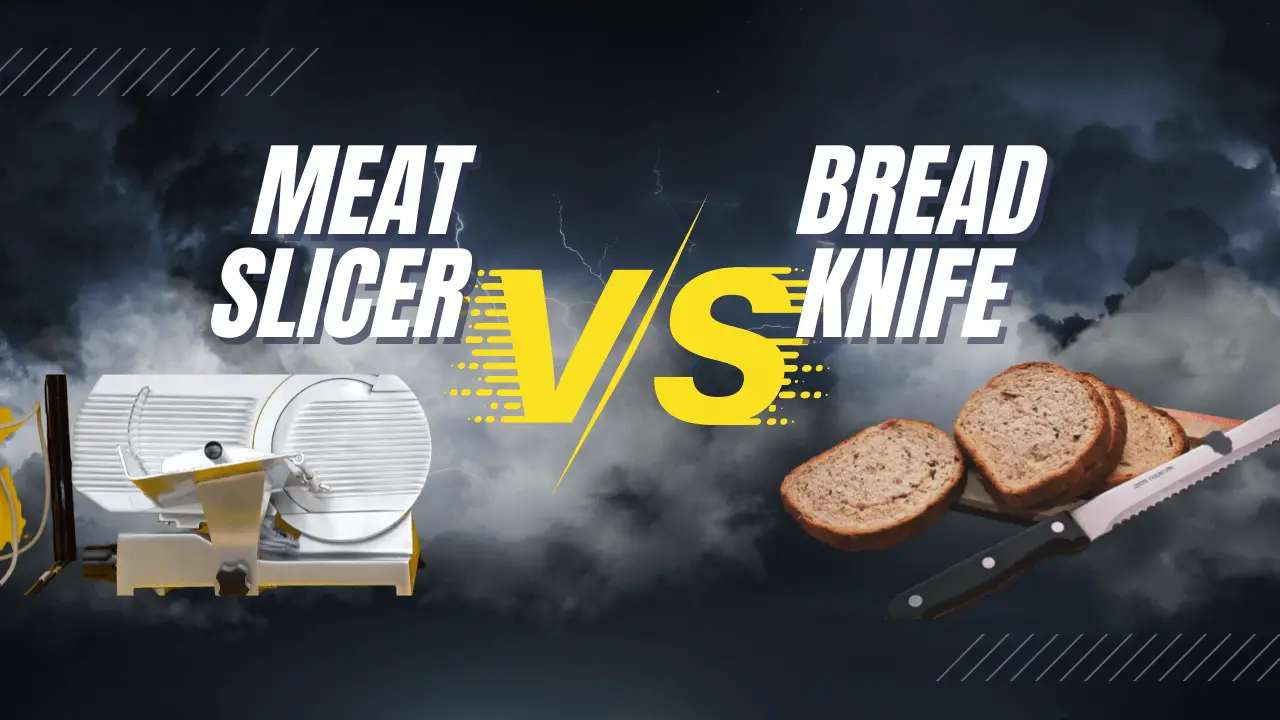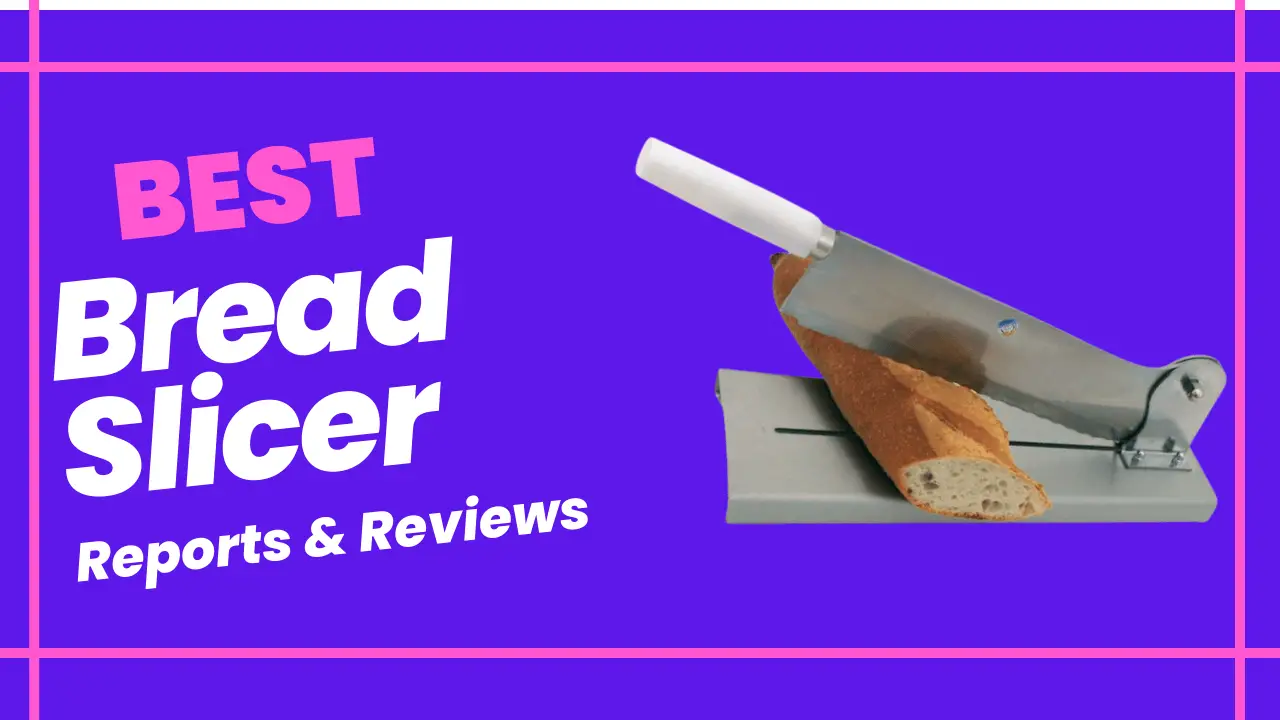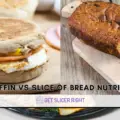Direct Answer: Batch bread is a whole loaf of bread baked in a group or ‘batch’, with a characteristic darker, slightly burnt crust, offering a unique taste and texture. In contrast, a sliced pan refers to bread that is pre-sliced and often industrially produced, with a softer texture and uniform shape. Both have their own nutritional values, uses, and baking processes.
Batch bread and sliced pan are two different types of bread that are available in most grocery stores. The main difference between the two is the way they are baked and sliced. Batch bread is typically made in small batches and baked in a hearth or stone oven. A sliced pan, on the other hand, is baked in large pans and sliced into even, uniform slices. This bread has a softer crust and a more consistent texture throughout the loaf.
If you prefer thicker, chewier bread with a crusty exterior, then batch bread may be the way to go. However, if you prefer a more consistent texture and the convenience of pre-sliced bread, then a sliced pan may be the better option.
What Is Batch Bread?
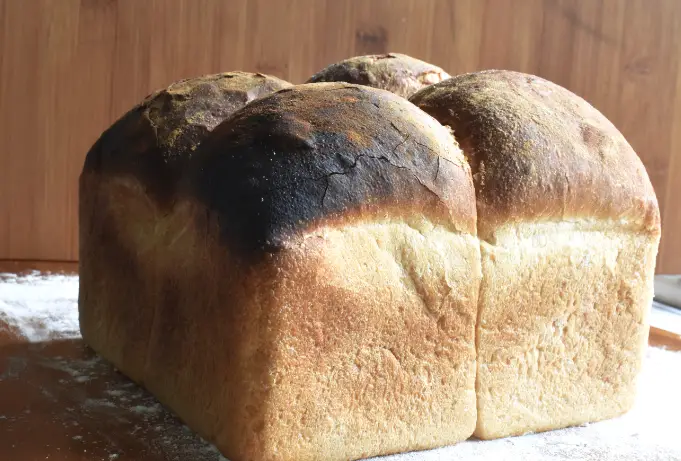
Batch bread is a type of bread that is made in small batches and baked in a hearth or stone oven. This gives the bread a thick, crusty exterior and a soft, chewy interior. Unlike sliced pan, batch bread is often sold unsliced, which means you can slice it to your desired thickness. Batch bread is typically made using traditional methods and high-quality ingredients, resulting in a unique flavor and texture that is difficult to replicate with mass-produced bread.
What Is A Sliced Pan?
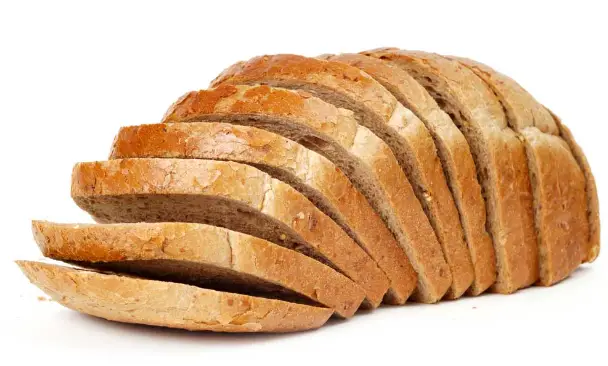
A sliced pan is a type of bread that is baked in large pans and sliced into even, uniform slices. This bread has a softer crust and a more consistent texture throughout the loaf. A sliced pan is a popular choice for making sandwiches and toast, as the slices are already pre-cut and ready to use. It is also known as sandwich bread or white bread, as it is typically made with white flour and has a mild flavor that pairs well with a variety of toppings. Sliced pan is widely available in most grocery stores and can be found in different varieties such as whole wheat, multigrain, and gluten-free.
Batch Bread vs. Sliced Pan
When comparing these two types of bread, several factors come into play:
- Calories, Fat, Protein, Carbs, and Fiber: Both bread types have similar caloric values, with variations depending on the specific brand or recipe. However, homemade batch bread might be a healthier choice as you can control the ingredients.
- Texture: Batch bread typically has a denser texture with a crusty exterior, while sliced pan has a softer and fluffier texture.
- Shelf Life: Sliced pan generally has a longer shelf life due to the added preservatives, whereas homemade batch bread stays fresh for about 2 days.
- Appearance: Batch bread often has a rustic, artisanal look due to the baking process, while sliced pans have a more uniform and consistent look.
- Versatility in Uses: Both bread types can be used interchangeably, but sliced pan might be more convenient for sandwiches due to its pre-sliced form.
- Baking Process: The baking process for batch bread is typically longer and more complex, while sliced pan is mass-produced using industrial methods.
- Types and Ingredients: Both bread types have a variety of options based on ingredients, such as whole grain, gluten-free, etc.
- Size and Shape: Batch breads can vary in size and shape, while sliced pans are generally uniform in size.
How To Make Batch Bread At Home?
Ingredients:
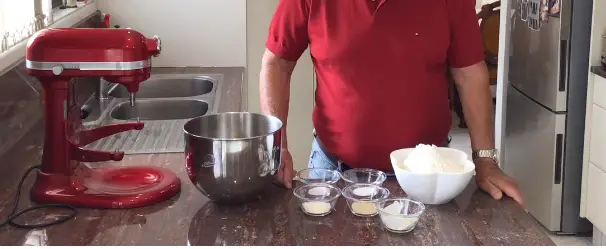
- 600mls Water
- 20g Salt
- 20g Sugar
- 1kg White bakers Flour, high protein
- 10g Bread Improver
- 12g Instant Yeast
- 25g Lard
Method:
Follow these steps for a delicious homemade batch of bread:
Step 1: Place the ingredients in the bowl of a stand mixer fitted with the dough hook.
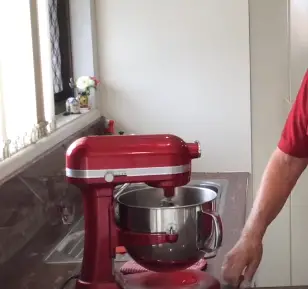
Step2: Mix on the lowest speed for 3 minutes and then on the highest speed for another 3 minutes, until the dough comes together and pulls away from the bowl. It should be slightly sticky.
Step 3: Transfer the dough to a large lightly oiled bowl and cover with cling film. Let it rise for 1.5 to 2 hours until doubled in size.
Step 4: Spray loaf tins with cooking spray, turn the dough onto a lightly floured surface, and divide into 3. Shape each piece into a ball about the size of a grapefruit and place them into the loaf tins. Let the dough double in size again, about 30 minutes.
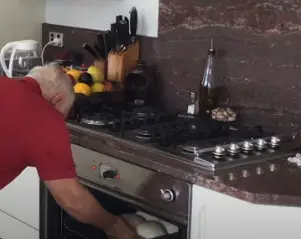
Step 5: Preheat the oven to 250C (475F). Bake the bread for 40 minutes until it forms a dark, slightly burnt crust. Lay a piece of foil over the top halfway through if you prefer a lighter crust.
How To Make Sliced Pan At Home?
Ingredients:
Here is what you will need to make your own homemade sliced pan:
- 500g Strong Bread Flour
- 10g Salt
- 7g Instant Yeast
- 30g Unsalted Butter, softened
- 320ml Cool Water
Method:
Step 1: Prepare the Dough: Place the flour into a large mixing bowl. Add the salt to one side of the bowl and the yeast to the other. Add the butter and 240ml of water, then use your fingers to mix the ingredients together. Gradually add the remaining water until all the flour is incorporated and you have a rough dough.
Step 2: Knead the Dough: Pour the dough onto a lightly floured surface and knead for about 5-10 minutes until the dough is smooth and elastic.
Step 3: First Proofing: Place the dough into a lightly oiled bowl and cover it with a clean tea towel. Leave to rise until at least doubled in size. This should take about 1 hour but can vary depending on the temperature.
Step 4: Shape the Loaf: Once risen, turn the dough onto a lightly floured surface. Flatten the dough into a rectangle, then fold the top third down to the middle, then the bottom third up over that. Give the dough a quarter turn and repeat the folding step. After this, roll the dough into a sausage shape.
Step 5: Second Proofing: Grease a loaf tin (about 8 x 4 x 4 inches) and place the dough in the tin, cover it with a tea towel and leave to prove for a further hour, or until the dough has doubled in size and springs back when prodded gently with a finger.
Step 6: Baking: Preheat the oven to 220°C/425°F/Gas 7. Bake the loaf for about 15 minutes then reduce the oven temperature to 200°C/400°F/Gas 6 and bake for a further 15-20 minutes. The bread should be golden brown and sound hollow when tapped on the bottom.
Step 7: Cooling and Slicing: Once baked, remove the loaf from the oven and turn it out onto a wire rack to cool. Once cooled, use a bread knife to slice the loaf and enjoy your homemade sliced pan!
| Batch Bread | Sliced Pan | |
|---|---|---|
| Baking Process | Takes nearly 24 hours, including mixing, fermenting, baking, and resting | Industrially produced, often in mass quantities |
| Texture | Dense and crusty | Soft and fluffy |
| Shelf Life | Typically fresh for 2 days | Longer due to added preservatives |
| Appearance | Rustic, varies based on baking | Uniform and consistent |
| Versatility | Good for all purposes, especially where a hearty texture is desired | Convenient for sandwiches and toasts due to pre-sliced form |
| Calories & Nutrients | Can vary, but potentially healthier as you can control the ingredients | Also varies, can be healthier based on type (e.g., whole grain, multigrain) |
| Baking Skill Required | Requires more skill and patience | Easy to buy from store, but homemade requires moderate baking skills |
| Size and Shape | Can vary widely | Generally uniform |
| Convenience | Requires time to bake at home | Pre-sliced for easy use |
FAQs
Is it possible to bake bread in the oven with no loaf pan?
Yes, you can bake bread on a baking sheet or even in a Dutch oven.
What happens if you do not score bread before baking it?
Scoring bread helps control where the bread will expand during baking. If not scored, it may crack in less predictable places.
Which type of bread is better for weight loss?
Whole grain bread, which can be either batch bread or sliced pan, is generally considered better for weight loss due to its high fiber content.
Why does homemade bread taste better than store-bought?
Homemade bread usually lacks preservatives and can be made with higher quality, fresh ingredients. This can enhance the flavor significantly.
Can you freeze batch bread?
Yes, batch bread freezes very well. Slice it before freezing, so you can toast individual slices directly from the freezer.
How long will homemade bread last?
Homemade bread typically stays fresh for about 2 days at room temperature. If refrigerated or frozen, it can last longer.
Conclusion
When it comes to choosing between batch bread and sliced pan, it ultimately comes down to personal preference. Batch bread is known for its thick, crusty exterior and soft, chewy interior, and is often sold unsliced, allowing for customizable slice thickness. Sliced pan, on the other hand, has a softer crust and a more consistent texture throughout the loaf and is convenient for making sandwiches and toast.
Key Notes:
- Batch bread is baked in groups and has a distinct crusty exterior.
- A sliced pan is industrially produced, pre-sliced for convenience, and has a softer texture.
- Both bread types have similar nutritional values, with slight variations.
- Homemade batch bread can be a healthier choice due to control over ingredients.
- Batch bread typically has a shorter shelf life compared to sliced pan.
- The baking process for batch bread is longer and more complex than sliced pan.
- Both bread types are versatile and can be used for various culinary purposes.
- Homemade batch bread can be frozen and lasts about 2 days when stored properly.

Mario Batali is a renowned author, food enthusiast, and passionate chef who has dedicated his life to exploring the world of culinary arts. With a love for sharing his knowledge and experiences, Mario has become a prominent figure in the food blogging community, inspiring countless readers with his creativity and expertise.
In addition to his culinary prowess, Mario Batali is also a talented writer with a flair for engaging storytelling. He launched his own food blog to share his recipes, cooking tips, and personal experiences in the kitchen. Over time, Mario’s blog gained a loyal following of food enthusiasts who appreciate his unique approach to cooking and his dedication to using only the finest ingredients.
Mario Batali’s passion for food and his commitment to sharing his knowledge with others have made him a true inspiration in the world of culinary arts. Through his blog, cookbooks, and public appearances, Mario continues to spread his love of food and the joy of cooking with his ever-growing fanbase.

